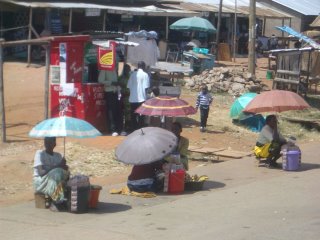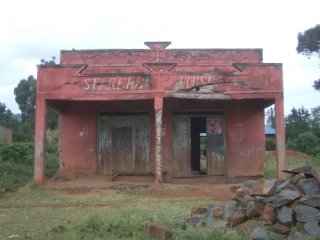A lot of marketers start believing their brand means as much to consumers as it does to them. However, there's a big difference between spending 10 hours a day working on a brand, and walking past it in a supermarket next to 100 other products when you need to get home and feed the cat. Consumers don't give too much of a hoot about brands, in general. I wonder if the Coke marketers have fallen into the trap of believing their brand will always mean so much to people.
In the meantime, my fridge is full of Pepsi Light. It's cheaper and tastes better, and Pepsi's the underdog and it's a pretty cool brand, getting better all the time.
Interestingly, in Africa and Central America the Coke (and Pepsi) marketers have adopted the Nike strategy. Find the world's biggest sport, sign up a few football gods, and plaster the resultant ads everywhere you can.
When it comes to reaching as many as you can with a relevant, exciting message, these guys have done pretty good. Is it boring? Perhaps in advertising circles. Is it effective? Most likely. If Coke weren't doing it, they'd be left behind very quickly by Pepsi.
Flores, Guatemala

Dar es Saalam, Tanzania

Nairobi, Kenya





